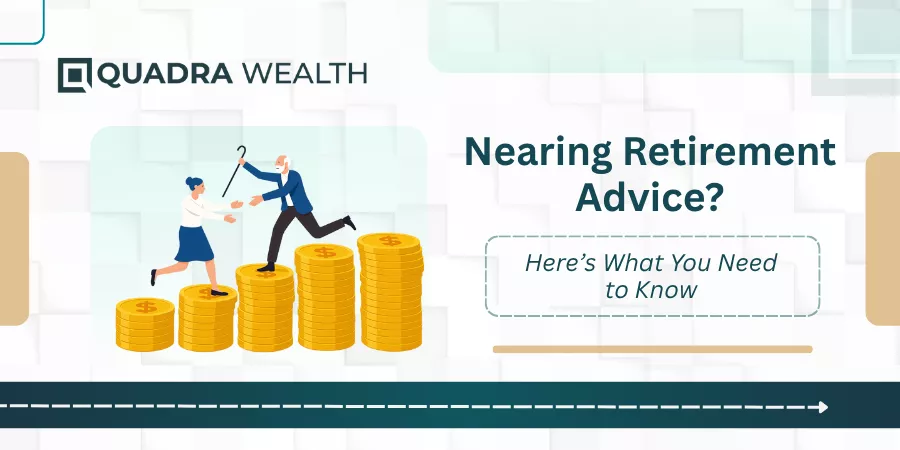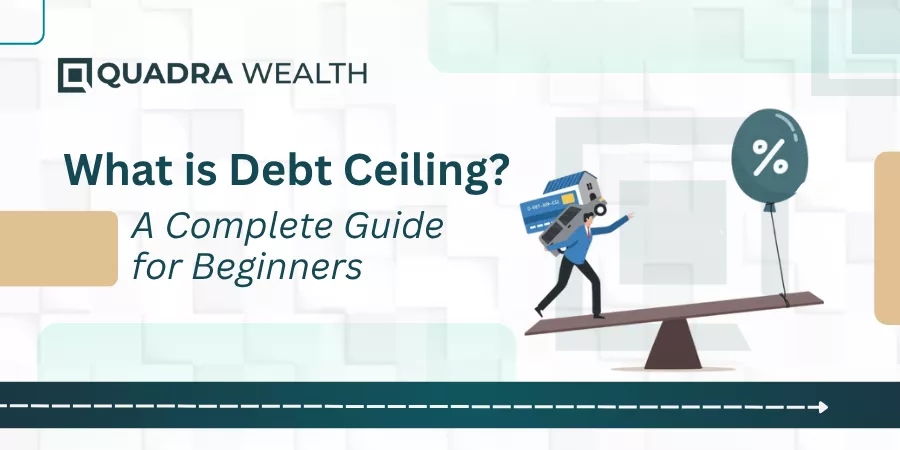Introduction
Investors have an overwhelming number of options when it comes to choosing investment products. And, although the financial terms have complicated jargon-based connotations, it is easy to get carried away by investing firms that promise you everything under the sun.
As the saying rightly goes ‘ All that glitters is not gold’. With falsified claims on how investment products work it gets easier to get carried away. This is where you may have to approach a real-time investment banker or a financial manager who has complete clarity with how different products work.
You can also read well-defined blogs that break down the concepts in a way even a layman can understand.
On this note, let us unveil facts surrounding the question ‘Do structured notes use options?’

What are structured notes- Meaning and Conceptualization explained
Structured notes are customized notes that are designed to grow an investor’s portfolio at a steady pace. The notes comprise debt and equity. Therefore, you can also call structured notes as hybrid notes.
Structured notes comprise a bond component issued in the investor’s name. The bond component safeguards investor’s capital to a greater extent. The rate of returns the investment earns is linked to the underlying equity or derivative assets.
The notes can be linked to different types of assets like equity shares, stocks/ bonds, market indices, and currencies to name a few. And, investors can customize what assets do they want to underlie within the structured notes.
The performance of these assets will finally determine how much returns the investment portfolio gains through the term of the asset. In a nutshell, you can fairly conclude that notes comprise debt and equity that can take care of capital plus returns payoff.
However, if the performance of assets does not happen as expected investors may lose a partial or entire value of their capital investment. Therefore, investors are required to hold these notes until maturity to reclaim a better redemption sum on the investment portfolio.
Do Structured notes use options- Conceptualization explained
Yes, structured notes use options and other different forms of financial methods or techniques to grow their portfolios. They can use these techniques to leverage investing capital to earn better returns on the investment and can also mitigate unforeseen losses arising from rising or falling equity assets that evolve under volatile market conditions.
Different types of structured notes make use of sophisticated techniques to help grow investor’s investment money in an even-paced or steady manner. These include adding caps, floors, buffers, and spreads to the portfolio.
This way, the product issuing firms mitigate losses or gains even under volatile market conditions, blue chip stocks, or regular traded equities are otherwise not exposed to.
Let us understand what they are:
- Inclusion of floors/ caps
Capped limits are pre-designed values given to underlying assets of the notes to mitigate excessive profits or losses the equity assets make on the portfolios. The capped limits also protect investing capital from degrading or eroding further.
The notes use barrier limits, knock-in/knock-out mechanisms, or strike rates to gauge the initial points of the underlying assets vis-a-vis their final sale points at the time of redemption.
By including floors or caps, the investor gets a fair-value return on his investing capital to a greater extent. The final payoff in terms of principal plus earnings as interest or coupon payments can only be determined once the notes complete the term of maturity.
This is primarily because the variable components of the notes have to keep fluctuating throughout the term of the asset. Unlike traditional bonds or fixed-income securities, the final payoff is not fixed or pre-determined in the case of structured notes.
- Usage of spreads or buffers
Spreads or buffers usually offer varying degrees of protection against the investor’s capital or primary investment. The buffers or spreads are added to an investing portfolio of structured notes to protect investing capital from completely eroding or disintegrating under volatile market conditions.
You find a rising market scenario called the bullish market. And, there is a falling market scenario named the bearish market. The bearish and bullish scenarios cause the equity assets to rise or fall at stock exchanges or share-holding corporations.
The structured notes provide soft-core or hard-core protection to the equity assets from weaning out. The buffers or spreads are in the form of percentages. The capital investment is therefore protected to the extent of buffers or spreads added or preset on structured notes.
Therefore, even in adverse market scenarios, an investor can get his complete capital to the extent of buffer protection on the investment. This is not possible for direct investment stocks of blue chip companies wherein a marginal fall of equities can completely erode an investor’s capital investment.
It is also connoted as downside protection to capital that structured notes provide unlike bonds, equities, or other regularly traded financial instruments. However, investors may lose partial or entire value of investments if the asset’s performance declines below the buffers or spreads that are added.
These notes can also be used as leveraged notes to enhance returns of the notes in a phenomenal manner. You must understand the liquidity and call provisions before foraying into leveraged notes like foreign currencies or s&p 500 ultra pro max options.
Types of options that get added to structured notes
Let us unveil different types of options you can add to structured notes. Helping you get a run-down into the same:
- Call options
Structured notes use a call option that gets added by the product issuing firms. The issuer can call off or redeem the notes even before their maturity period when the prices of assets have reached their pre-determined values.
Say, for instance, autocallable notes get auto-called once prices of underlying assets reach par or exceed their initial strike prices. The assets are gauged during said observation days. It can be once every 3 months, 6 months, or even 12 months.
Once final units of assets reach their pre-determined values, the assets get auto-called or redeemed. This can happen even before the maturity of the asset term. Investors can get their complete principal amount plus interest earnings in the form of coupon payments. However, this is a one-off settlement that gets made.
Once the notes are auto-called and your redemption is made, you cannot further participate in the gains of the asset.
- Put options
The ‘put’ option works conversely to how the ‘call option works. This is with respect to structured notes. The ‘put’ option gives investors the right to sell the notes at a certain price even before the maturity of the investment portfolio. The ‘put’ option offers an additional layer of protection to the investors.
You can customize structured notes depending on the level of risk tolerance you can take under your belt. The equity assets of notes are also subject to the volatilities of market conditions although in a structured environment.
Investors must therefore understand the risks or benefits of different types of notes before they plan to invest and plan their portfolios wisely.
- Embedded options
Structured notes can also include more than one option or what is otherwise known as embedded options into their payoff structures.
For instance, the notes can be linked to the performance of underlying stocks or indexes while the payoff structure can have their weightages worked out once the preset or pre-designed conditions or evaluation criteria have been met.
If the stock prices have barriers or knockout levels that have been achieved, they can be redeemed at once.
Some notes also have the option to convert into underlying shares wherein shares will be added to the investor’s account in lieu of his capital or principal redemption. This event happens when the underlying prices do not achieve the levels that have been pre-set.
For instance, reverse convertible bonds are notes that convert into equity in case underlying assets perform below expected levels.
- Equity-linked notes or ELNs
Equity-linked structured notes or ELNs are notes wherein the returns the notes make primarily are linked to equity assets that underlie within the notes. Options can be added to equities, stocks, or a basket of shares, and the mechanism behind call/put/ hybrid options works as stated above.
Most of the investors may not receive their full-value capital or principal investment if the performance of the underlying assets of ELNs do not meet certain standards or levels.
However, if assets outperform their initial prices, then the potential to upscale principal redemption and interest cum dividend earnings are on the rise.
You have another variant of ELNs called principal-protected elns. These notes assure complete redemption of the investor’s capital funds irrespective of the performance of the underlying assets the notes are linked with.
What are the channels of income-earning sources with structured notes?
You also get multiple sources of income from growth notes, income notes or coupons, digital notes, and so on. Understanding the benefits of structured notes vis-a-vis their risk factors goes a long way in gauging how this investing portfolio works on the whole.
For instance, a commodity-linked structured note acts differently from a currency-linked structured product. To know the terms of the notes, you must understand how the notes perform or operate in different market scenarios. The potential returns based on the performance based on equity indexes or changing interest rates of structured notes impact the overall payoffs accordingly.
What is the minimum level of investment for structured notes- Detailed insights on the same
A decade back structured notes were operating out of plush offices wherein independent wealth managers or investment bankers were curating structured notes for the highly wealthy retail investors and the posh institutional investors.
The minimum investment for a structured note starts anywhere from 1 million or 100,000 US Dollars. The upper cap limits have not been specified for structured notes as such. Therefore, these notes were mainly accessible to only the ultra-rich or high-net-worth individuals.
But today, with financial innovation, this particular landscape has changed drastically. The prices of notes have come down drastically and more and more retail investors are foraying into buying or selling structured notes.
For middle-class retail investors, you can buy various types of structured notes in secondary markets comprising stock exchanges and major stock-holding corporations or private financial conglomerates too. You can buy these notes at far more affordable prices than what you see in the primary markets.
With unique customization and the choice to have your investment portfolios tailor-made, these notes can provide great value to your structured investment portfolios with exposure to different market segments. Therefore, structured notes are growing as a trillion-dollar industry as of date.
What are the tax implications for structured products?
The tax implications for structured products differ from one structured note to another. The incomes earned by notes can sometimes be taxed as regular incomes earned. This way, the normal tax slabs you would earn in a regular job would apply to incomes you earn via structured notes in the form of interest earnings, coupon payouts, or dividend disbursements.
For tax slabs to be charged to investors at lower rates, investors may have to show their accrued incomes earned under ‘capital gains’. Only capital gains income is slabbed at lower tax rates.
To know how tax implications affect the value of your investment, you may have to approach an experienced tax advisor or tax consultant to see how taxes apply to your investment portfolios.
The Bottom Line
Structured notes have a fleet of credit, market, and liquidity risks to name a few and each note is a hybrid security option as against bonds or fixed-income securities. These risks apply even though the notes provide lucrative investing benefits to investors on the whole.
You must therefore carefully analyze the pros and cons of every structured note and learn their risks before signing in on the dotted lines.
What are your thoughts on this? Do let us know in the comments!







